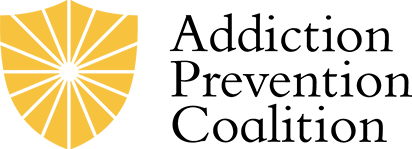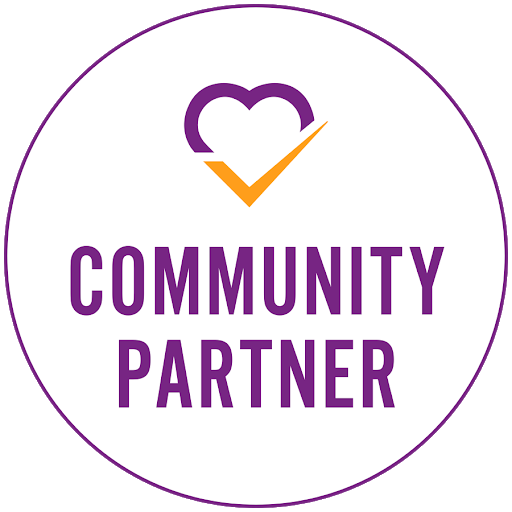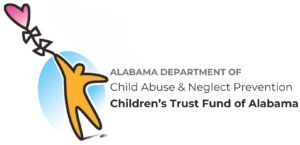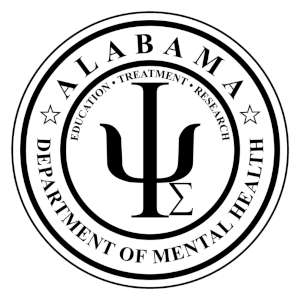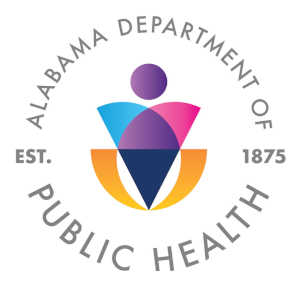More than 23.5 million Americans are thought to struggle with substance use disorder, but only 11% get treatment.[1] Most addiction treatment centers use an abstinence-based approach that encourages individuals to stop using drugs and alcohol altogether. However, with only a small portion of people seeking this kind of help, it is important to extend support strategies to all individuals – not just the ones who are ready to commit to complete abstinence.
Harm reduction strategies aim to educate people on safer methods of drug and alcohol use. This approach aims to reduce the potential damage that can be caused by substance abuse and other addictive behaviors.
What is Harm Reduction?
Harm reduction is a proactive approach that addresses medical and social issues, such as HIV transmission and overdose, to try and reduce damage caused by drugs, alcohol, and drug-seeking behaviors. It is a public health strategy that was initially developed to help individuals, who struggle with substance abuse and for whom abstinence was not possible.[2] The term can also refer to any step taken to lower the risks associated with substance use and promote wellness.
 Whether they realize it or not, people take steps to reduce harm all the time in their everyday lives. They cover their mouths when they cough or sneeze to prevent others from getting sick. They wash their hands before eating a meal to prevent themselves from getting sick. They may follow state and local regulations, such as wearing a seat belt while driving or stopping at a stop sign. All of these actions are everyday things people do to protect themselves and others from potential harm.
Whether they realize it or not, people take steps to reduce harm all the time in their everyday lives. They cover their mouths when they cough or sneeze to prevent others from getting sick. They wash their hands before eating a meal to prevent themselves from getting sick. They may follow state and local regulations, such as wearing a seat belt while driving or stopping at a stop sign. All of these actions are everyday things people do to protect themselves and others from potential harm.
This same idea can be applied to the issue of drug and alcohol use. In fact, there are already some laws in place to promote this idea. For example, people can drive in most states after having one or two drinks – so long as their BAC stays under 0.08. These drinking and driving laws do not enforce total abstinence from people, who want to have a glass of wine while at dinner, but they do set a limit at which people should not get behind the wheel. This limit helps reduce the risk for car accidents by discouraging highly intoxicated individuals from driving.
Do Harm Reduction Strategies Promote Drug Use?
Even though harm reduction strategies can help people take steps toward wellness and prevent severe damage due to addiction, this approach is surrounded by controversy. One popular misconception about harm reduction is that it encourages or condones illicit drug use. However, studies show that these strategies are effective in reducing mortality and morbidity in adult populations. Harm reduction can also reduce sexually transmitted diseases (STDs) and improve social and economic outcomes in the community.[2] As such, this approach accepts that some level of drug use in society is inevitable.
More importantly, harm reduction services also recognize the devastating realities of poverty, class, racism, trauma, isolation, sex-based discrimination, and other social inequalities that contribute to drug use.[3] Harm reduction services do not shame or punish drug users. They treat them as individuals, who are just as deserving of health and happiness as anyone else.
Proponents of harm reduction advocate that since expecting all drug users to take an abstinence-based approach is unrealistic, the best solution is to prevent worse outcomes.
In summary, harm reduction does not encourage drug use – it simply reduces the potential for harm surrounding drug use and addictive behaviors. And, if the potential for harm can be reduced in the short term, individuals, who would otherwise not have the opportunity to seek help later down the line, are given the opportunity to survive, stay well, and accept abstinence-based treatment when they are ready to do so.
What Are Some Examples of Harm Reduction?
There are many different strategies that qualify as harm reduction. Some are as simple as alternating an alcoholic beverage with a glass of water to prevent a hangover the next morning while others involve complex planning and funding, like safe injection sites. Here are some harm reduction strategies that are effective:
 Needle Exchange Programs (NEPs)
Needle Exchange Programs (NEPs)
NEPs allow IV drug users to turn in their used needles in exchange for clean needles. Having access to clean needles can prevent needle sharing and the transmission of HIV, Hepatitis C, and other bloodborne illnesses. Using clean needles can also prevent infection and abscesses. Even though injecting drugs is always dangerous, clean needles make it a bit safer and promote better health for IV drug users.
Safe Injection Sites
An IV drug user cannot walk into a public place and shoot up. Instead, they may stay in their homes or hideout. Using IV drugs alone is extremely dangerous, because in the event of an overdose, help may not be available in time. Safe injection sites are similar to NEPs, but they go a step further by providing drug users with a safe place to inject drugs.
At these locations, individuals have access to clean equipment, medical services, and treatment referral services. In the event of an overdose, they have access to Narcan as well. That’s right! Safe injection sites do not promote drug use – they try to connect drug users with detox and treatment services in their area.
Overdose Prevention and Naloxone Distribution
Naloxone (Narcan) is an opioid-reversal drug that can prevent fatal outcomes of an opioid overdose. Overdose prevention programs give out free Narcan to drug users, their families, and others in the community, so individuals can keep it on their person and administer it in the event of an overdose.
Fentanyl Test Strips
With the recent increase in counterfeit pills and other drugs being laced with fentanyl, it is important for drug users to know when their drugs contain this deadly substance. Fentanyl test strips allow users to test for fentanyl before consuming a substance. This can help prevent overdose.
These are not the only harm reduction strategies that are used across the United States. Others include safe drug use education classes, Good Samaritan laws, and free condoms.
Although families and friends of those struggling with addiction would love to see their loved ones get sober completely, that is not always feasible. As a result, it is important to keep individuals healthy, supported, and, most importantly, alive, until they are ready for complete abstinence. In the end, harm reduction strategies are an effective way to reduce the health and social risks that are caused by drug and alcohol use.
References:

